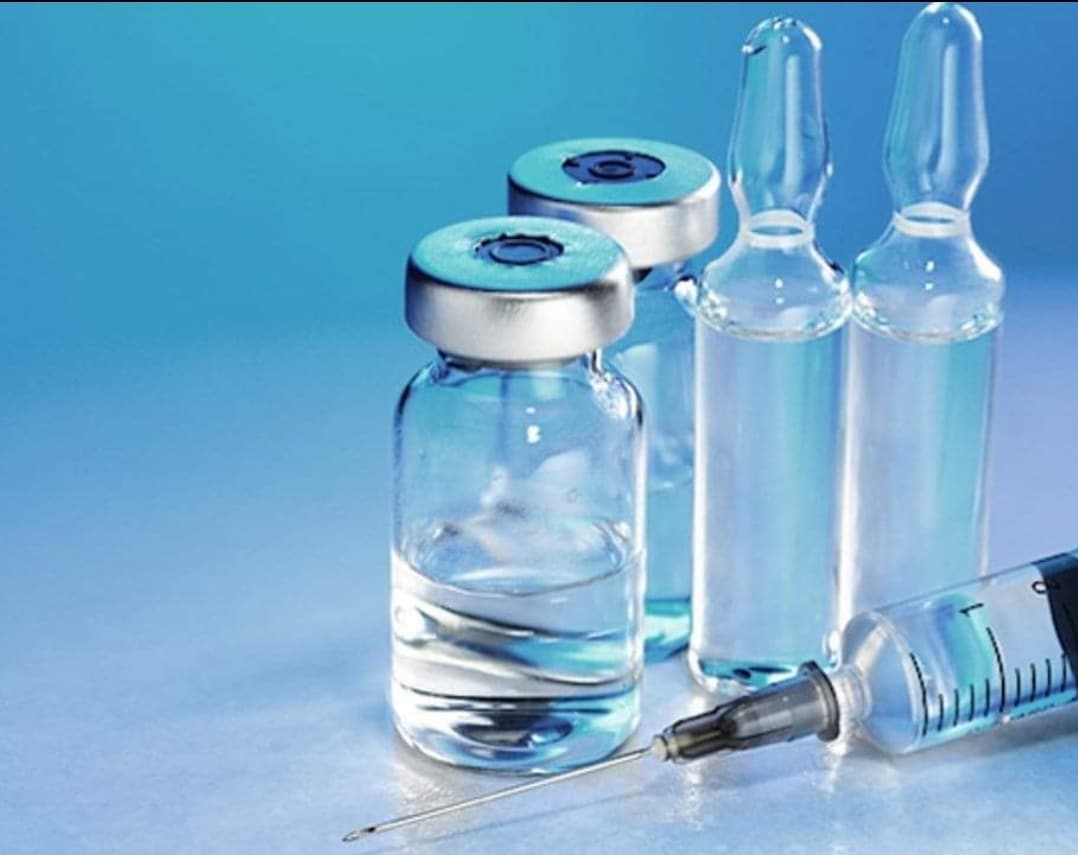USP Glide Force Testing for Syringes
In the pharmaceutical sector, ensuring the safety and efficacy of injectable products is paramount. One critical aspect of this process involves testing syringes to ensure they meet stringent glide force standards as outlined in United States Pharmacopeia (USP) General Chapter <1208>. This chapter provides guidelines for assessing the ease with which a plunger can be drawn out of a syringe barrel, which is essential to prevent user discomfort and potential adverse events during injection.
The USP glide force test evaluates whether the plunger moves smoothly within the barrel without excessive resistance. Excessive friction or sticking can lead to patient discomfort or even injury if the plunger does not move freely. Compliance with these standards ensures that syringes are easy and safe for healthcare professionals to use, thereby enhancing overall patient care.
The test involves drawing out the plunger of a filled syringe at a constant speed while measuring the force required to do so. The instrument used for this purpose typically includes a calibrated force gauge connected directly to the syringe barrel. A standardized procedure is followed where the operator pulls the plunger back from its fully inserted position until it reaches the specified mark on the barrel, usually 25 mm from the tip.
The test results are critical in determining whether the product meets the required specifications and can be used safely and effectively by healthcare providers. It is especially important for parenteral products where ease of use directly impacts patient safety and comfort.
Compliance with USP glide force testing ensures that syringes perform consistently across batches, lot numbers, and manufacturing sites. This consistency helps in maintaining the integrity of the product throughout its lifecycle, from development to final release. Additionally, it supports regulatory compliance and enhances brand reputation by ensuring that products meet or exceed industry standards.
For R&D engineers and quality managers, understanding the nuances of glide force testing is crucial for optimizing production processes and ensuring that the end product meets both internal and external expectations. Properly conducted tests not only help in identifying potential issues early but also contribute significantly to reducing waste and rework during manufacturing.
Given the critical nature of this test, it is essential to use high-quality equipment calibrated according to USP specifications. Regular calibration checks are necessary to maintain accuracy over time. Additionally, training personnel on best practices for conducting these tests ensures consistent results across different operators.
Scope and Methodology
The scope of USP glide force testing encompasses the evaluation of various parameters related to the ease of drawing out the plunger from a filled syringe. This includes assessing the maximum force required during this motion, ensuring it falls within acceptable limits as defined by USP <1208>. The methodology involves precise measurement techniques using calibrated force gauges and standardized procedures for testing.
- Test Setup: A calibrated force gauge is attached to the syringe barrel. The plunger is drawn back at a constant speed until it reaches 25 mm from the tip.
- Data Collection: Force readings are recorded throughout the motion, providing insights into the frictional forces experienced by the plunger.
- Acceptance Criteria: The maximum acceptable glide force is typically specified in USP <1208>. Compliance with these criteria ensures that the syringe meets safety and efficacy standards.
Benefits
The benefits of conducting USP glide force testing for syringes are multifaceted, offering significant advantages across multiple stakeholders within the pharmaceutical industry. For quality managers and compliance officers, this test provides a critical tool for ensuring product consistency and adherence to regulatory standards. By identifying any deviations early in the production process, they can take corrective actions promptly, reducing the risk of non-compliance issues later on.
R&D engineers can leverage glide force testing results to refine design parameters and improve manufacturing processes. This iterative approach helps in creating more efficient and user-friendly products that meet both technical and human factors requirements. Moreover, it supports innovation by identifying areas where improvements could enhance patient experience and outcomes.
For procurement teams, ensuring suppliers adhere to USP glide force testing protocols ensures the quality and reliability of purchased materials. This proactive approach helps in building long-term relationships with reliable vendors who consistently deliver high-quality components essential for producing compliant syringes.
In summary, USP glide force testing serves as a cornerstone of quality assurance efforts within the pharmaceutical sector. By focusing on this aspect during development and manufacturing stages, companies can enhance product safety and efficacy while also fostering trust among consumers and regulatory bodies.
Use Cases and Application Examples
- New Product Development: During early-stage development, glide force testing helps identify potential issues with design or material selection that could affect user experience.
- Process Optimization: By comparing glide force results across different production runs or batches, manufacturers can optimize their processes to ensure consistent performance.
- Supplier Evaluation: Testing supplier samples ensures they meet the required specifications before finalizing agreements. This step helps maintain product quality throughout the supply chain.
- Routine Quality Control: Regular testing during production ensures ongoing compliance with USP standards, facilitating timely detection of any deviations.





